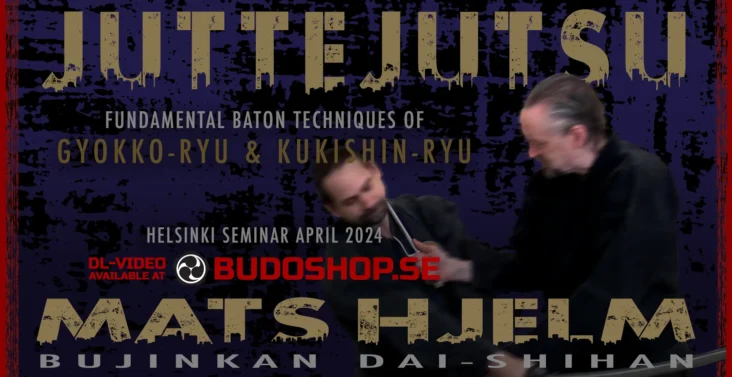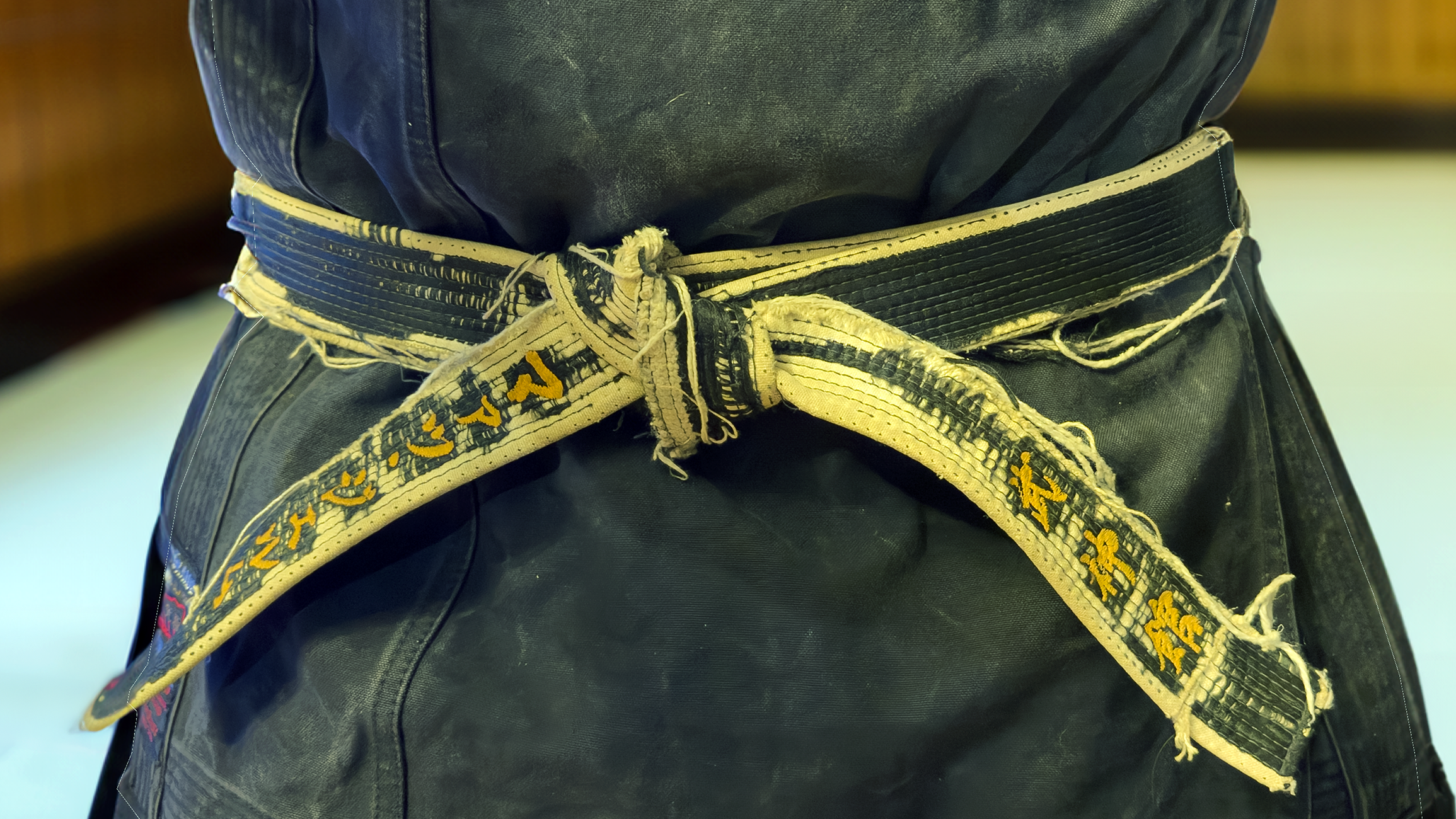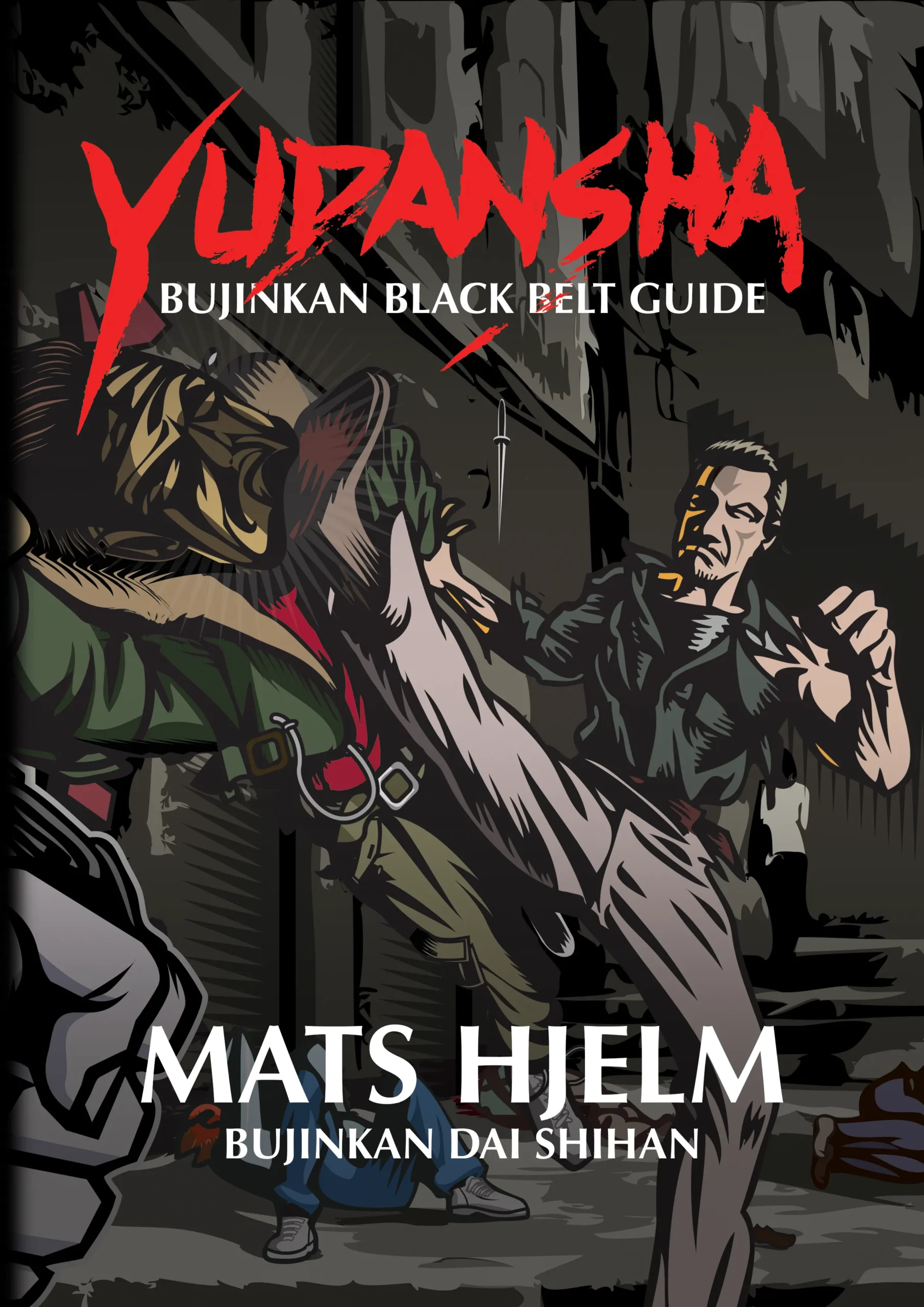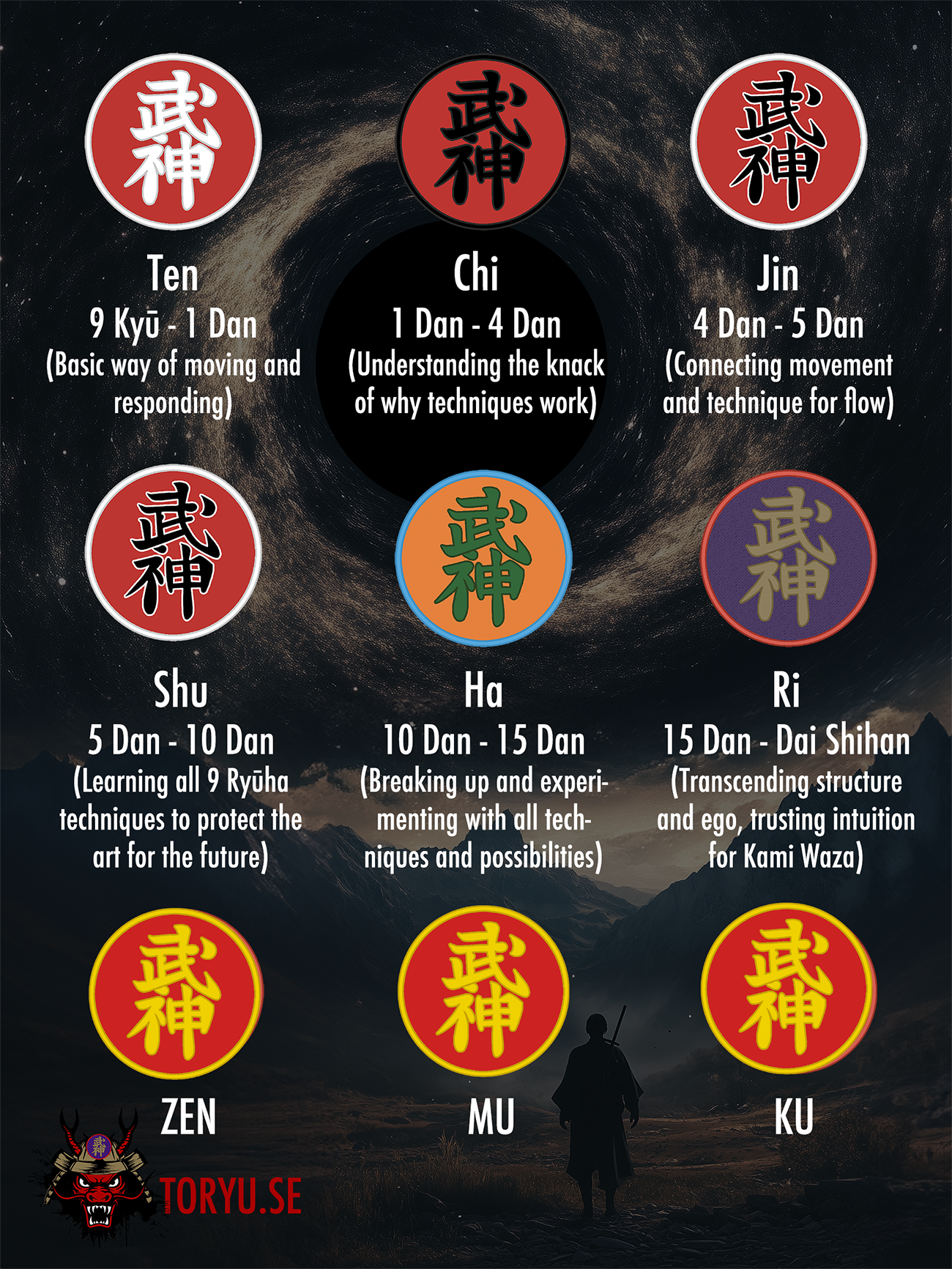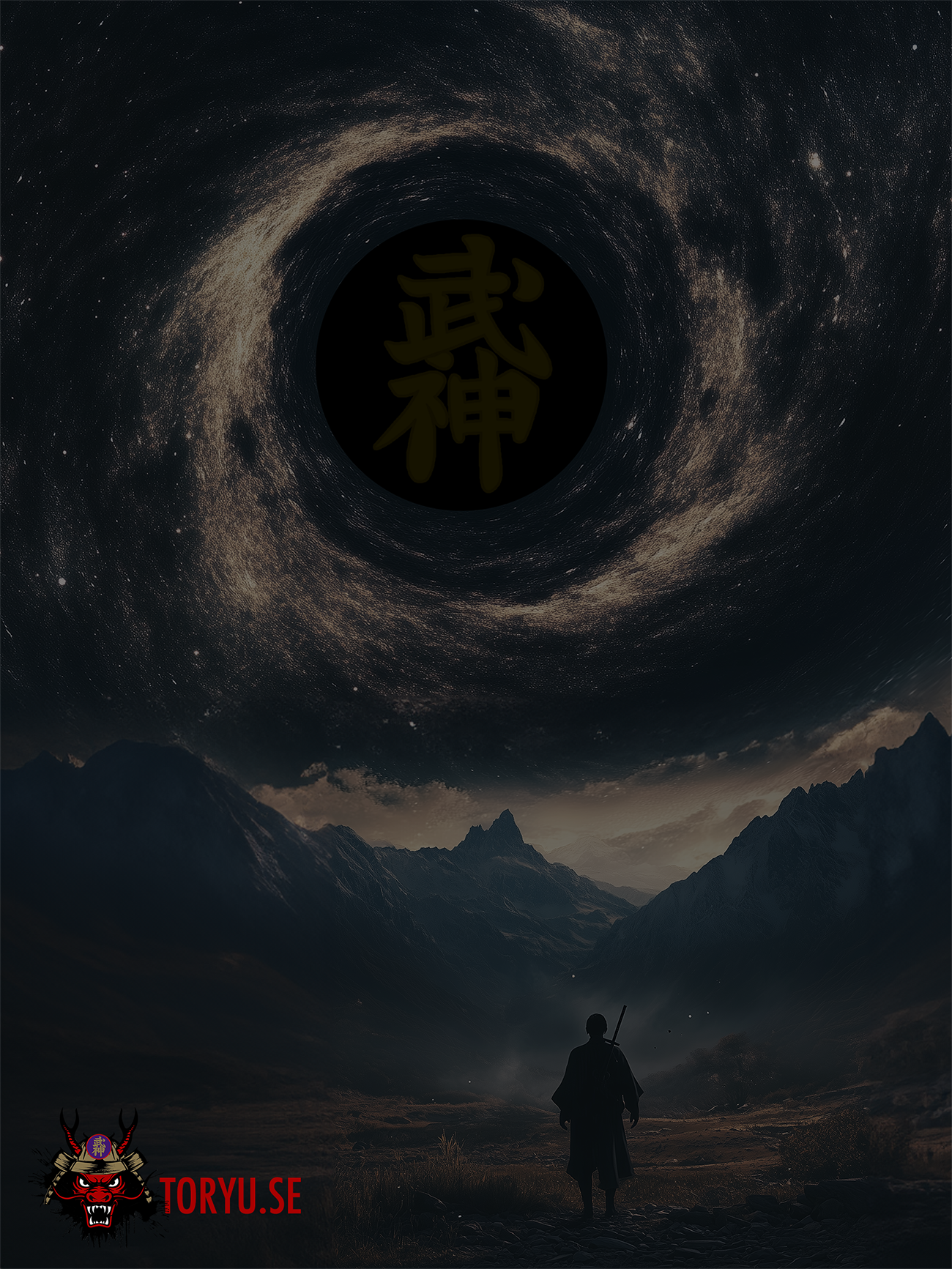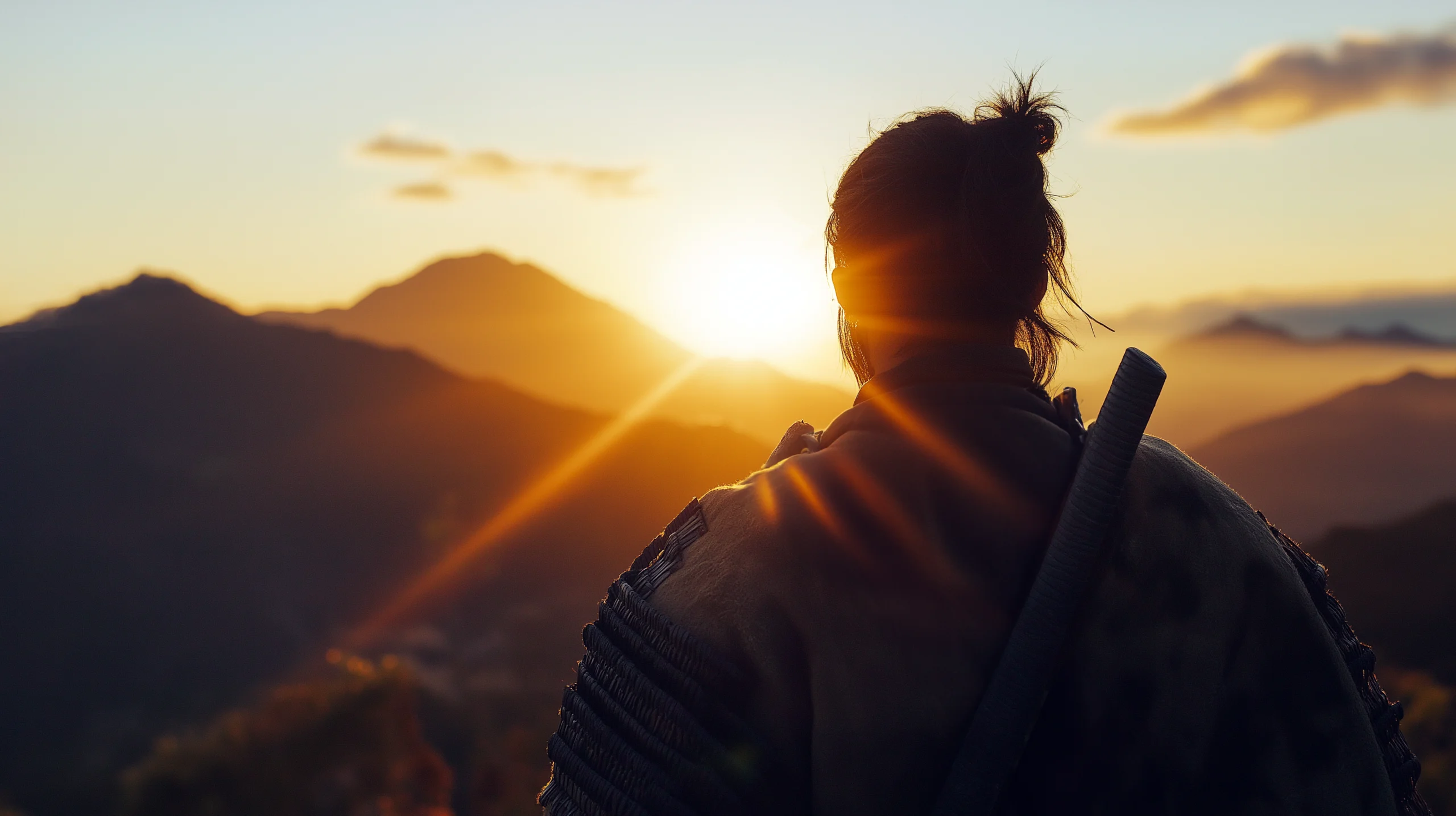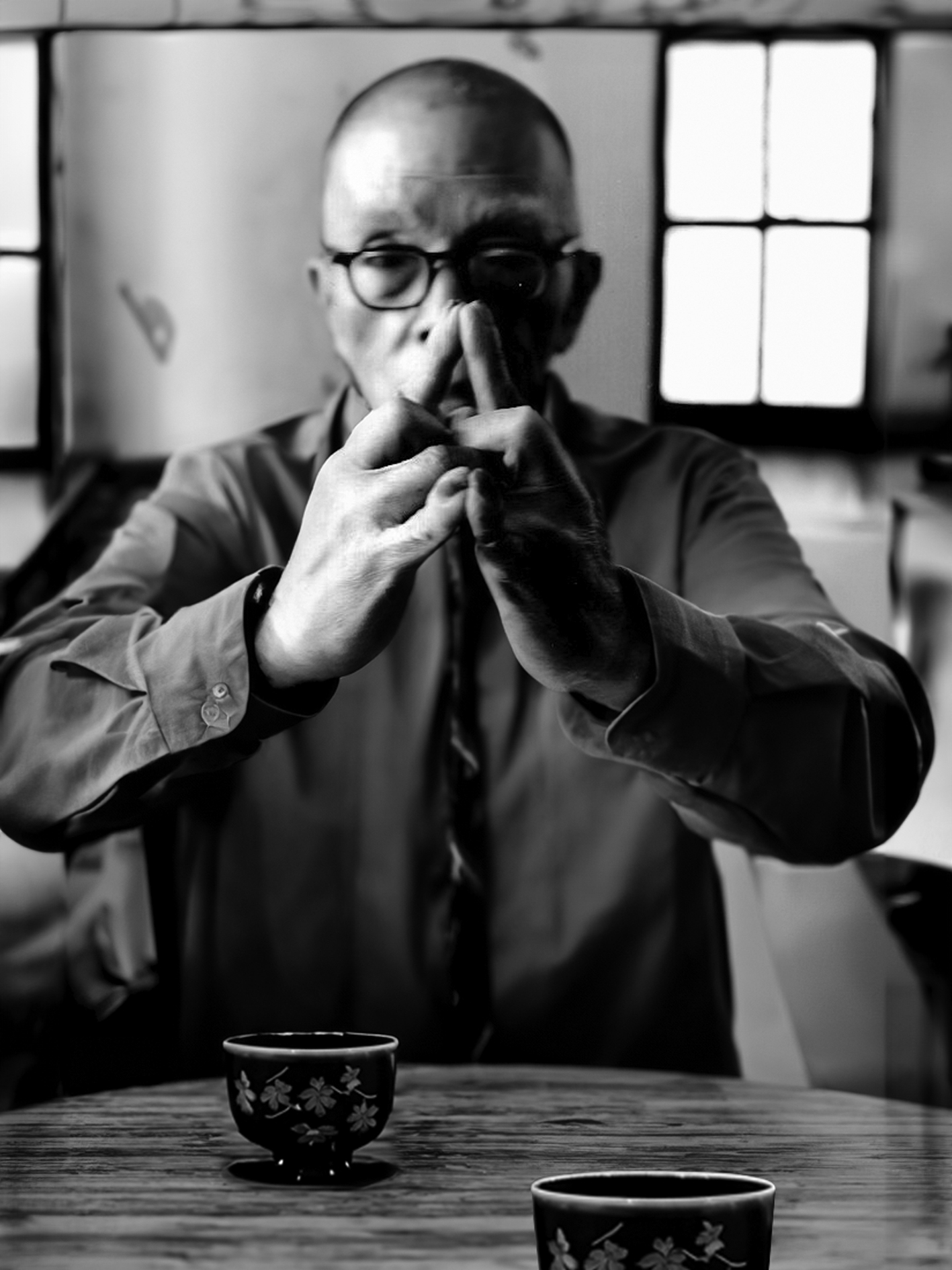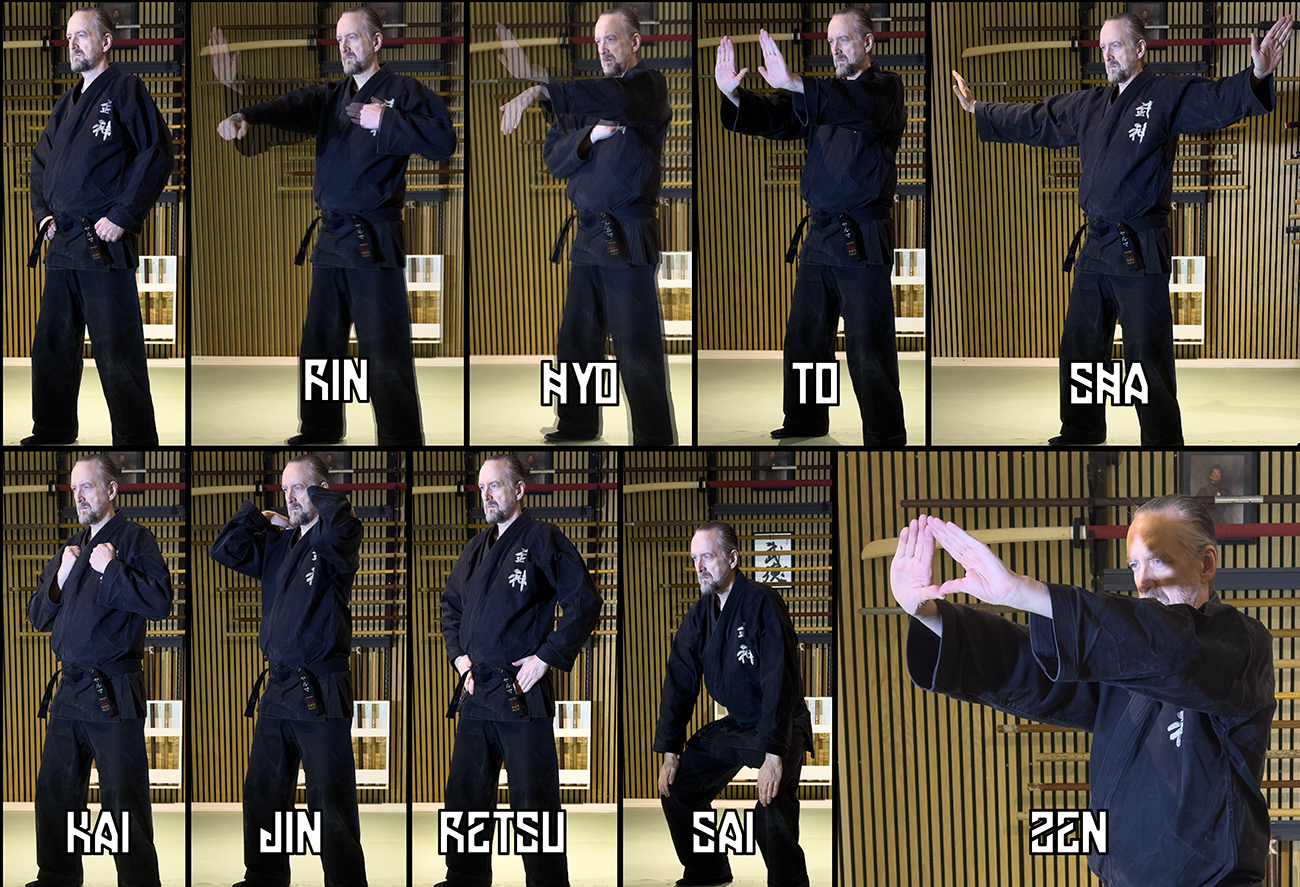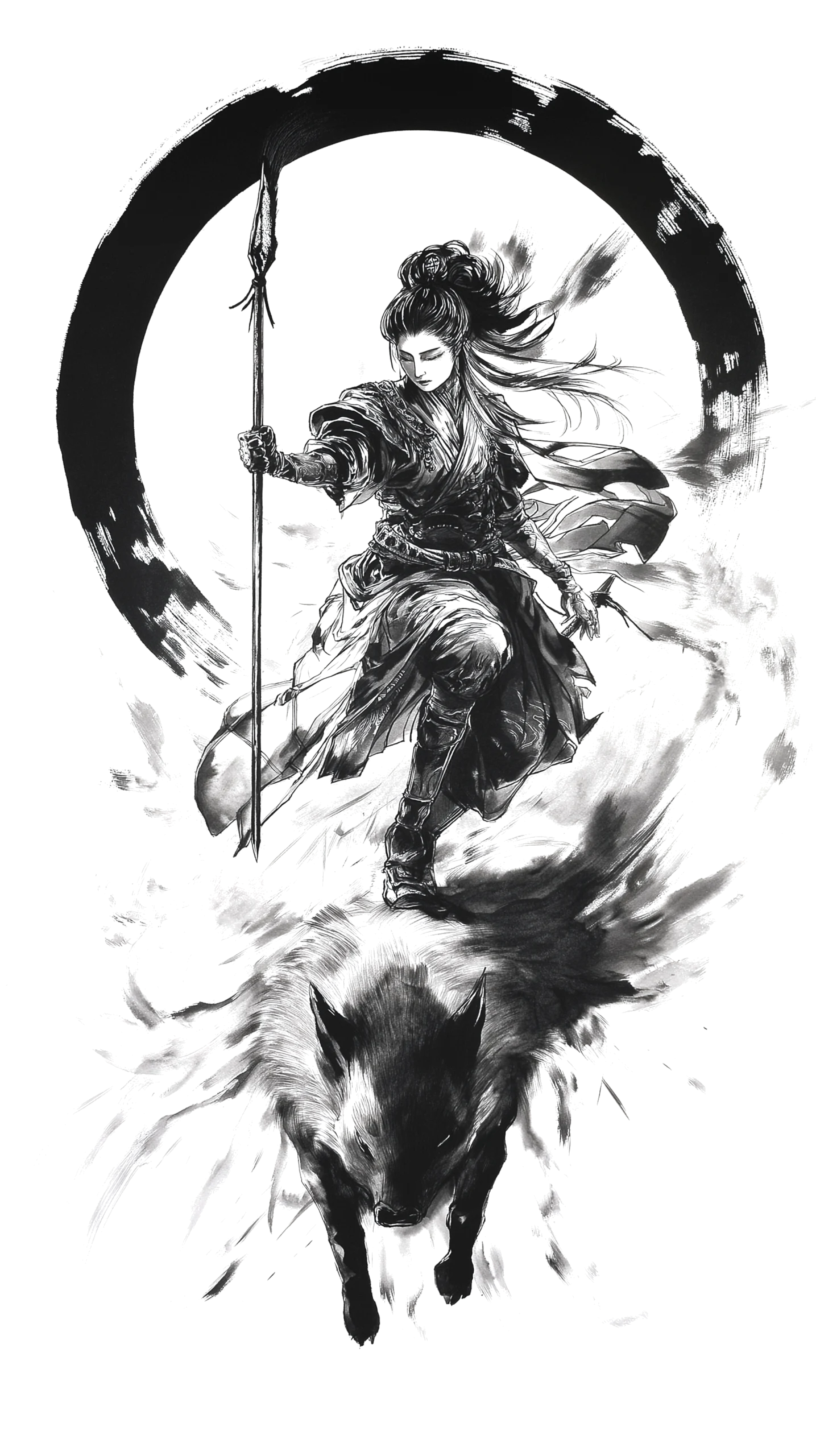From 武神館兜龍 Bujinkan Toryu by Toryu
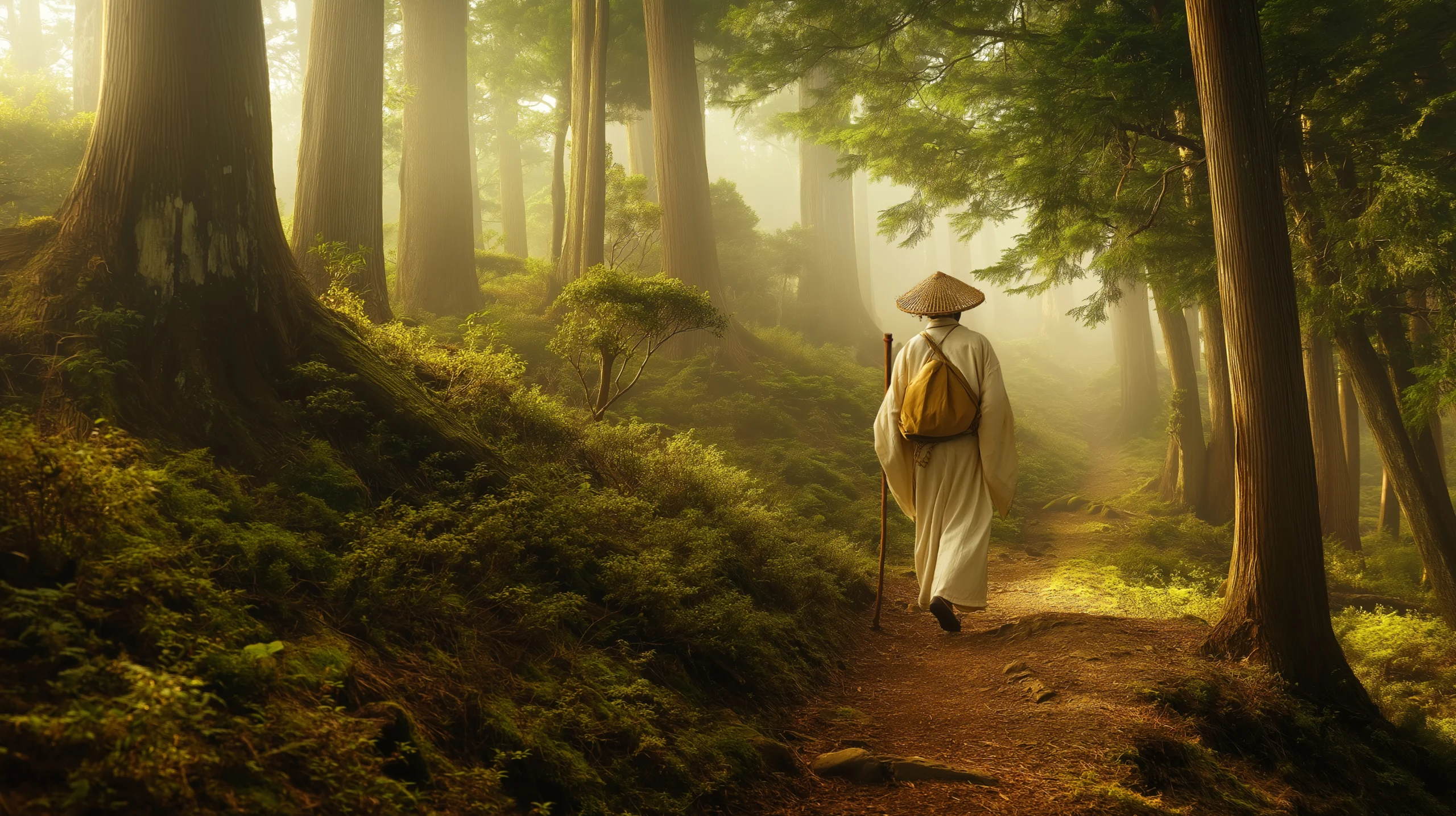
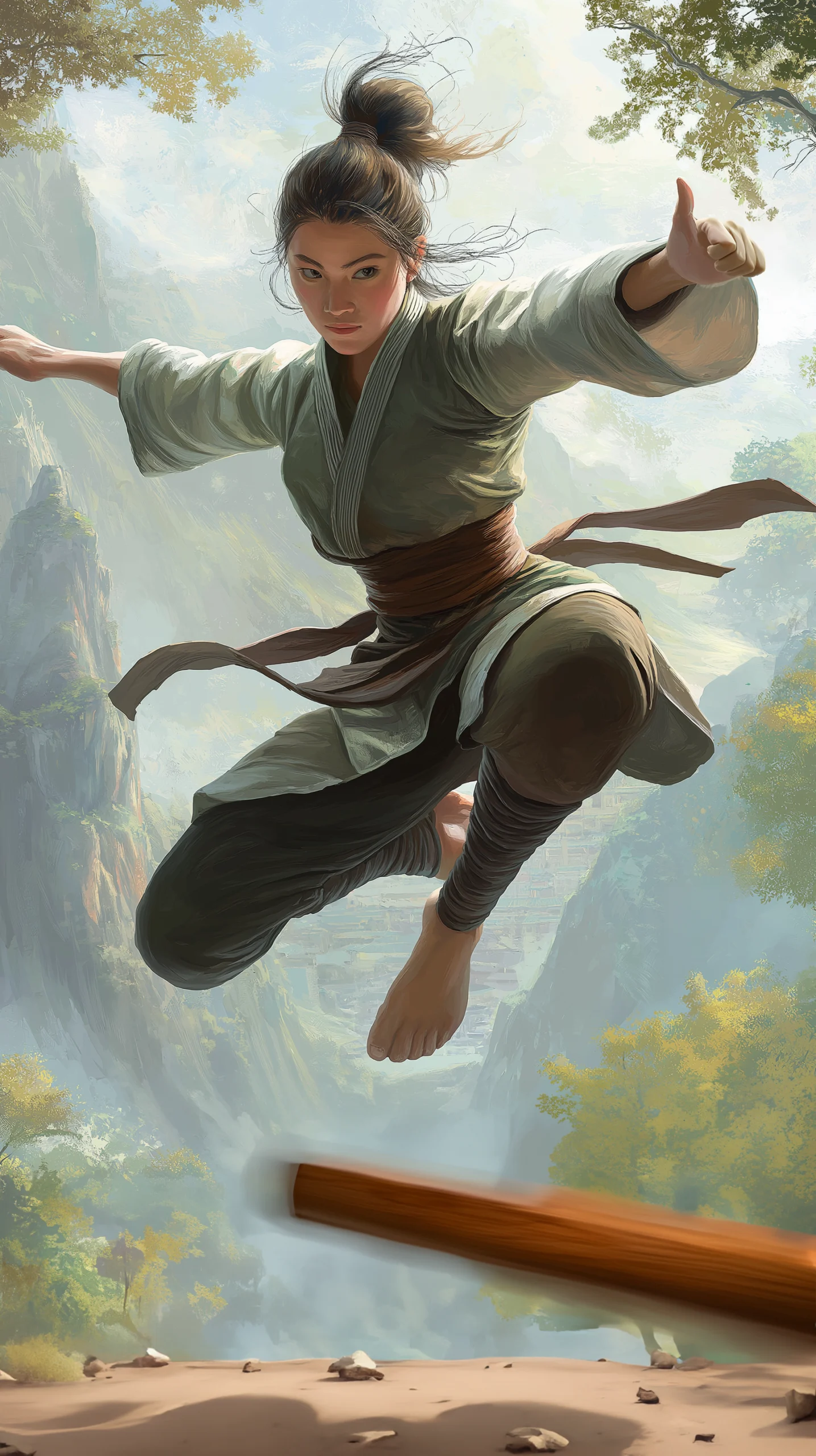
Ninjutsu and Shugendo are two enigmatic Japanese traditions that blend martial skill with spiritual mysticism. Their roots trace back to the fall of 百済 Baekje in 663 AD, when refugees, including 姚玉虎 Chō Gyokko (Yao Yuhu), fled to Japan. Chō Gyokko, a historical figure, brought martial techniques and Taoist practices from 唐 Tō (Tang China), influencing early Ninjutsu schools like 玉虎流 Gyokko-ryu and 虎倒流 Koto-ryu. Around the same era, 役行者 En no Gyōja (En the Ascetic) established 修験道 Shugendo, a path of mountain asceticism. This article explores their shared origins and practices, featuring direct insights from 山田雄司 Yamada Yuji (Professor Yuji Yamada) and 長谷川智 Hasegawa Satoshi (Yamabushi Satoshi Hasegawa) in their original Japanese kanji.
The Baekje Influence on Ninjutsu and Shugendo
The collapse of Baekje spurred a wave of cultural exchange as exiles introduced combat skills and spiritual traditions to Japan. Figures like Chō Gyokko played a pivotal role in shaping Ninjutsu’s foundations. Meanwhile, Shugendo emerged as a unique spiritual discipline. Professor Yamada highlights a critical link between the two:
「九字護身法は元々中国の道教のもので、それが修験道で入山する時に自分の身を霊的に守護するための作法になりました。忍者も印を結んだり九字を切ったりしますが、これらは修験道由来です」
(Translation: “The nine-syllable kuji-in came from Chinese Taoist practices, adopted by Shugendo to spiritually protect oneself in the mountains, and later passed to Ninjutsu”).
This statement underscores how Baekje’s legacy influenced both traditions through shared esoteric practices.
Shared Practices: Kuji-in and Mountain Training
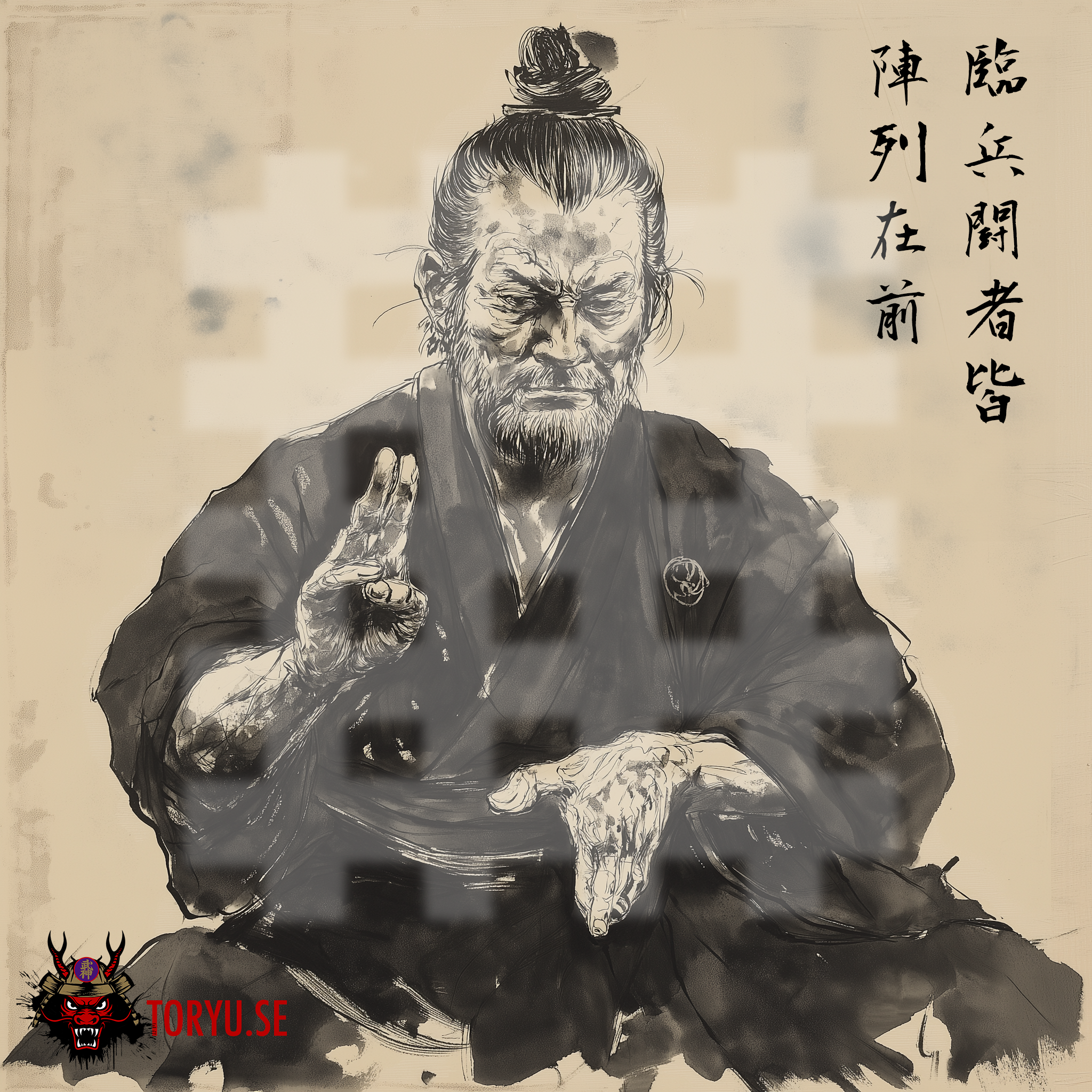
The 九字印 kuji-in hand seals represent a profound connection between Ninjutsu and Shugendo. In Ninjutsu, these gestures served both practical and mystical roles. Yamada explains:
「忍者が印を結ぶのは、命がけの任務に臨む際に神仏の加護を得て、自身のメンタルを安定させるという実用的な面も大きかった」
(Translation: “Ninjas used kuji-in to gain divine protection and mental stability before life-or-death missions”).
In Shugendo, the seals carried a deeper spiritual weight. Hasegawa elaborates:
「修験道は密教の影響が強いので、密教で重視される「三密(身・ロ・意)」の「身=身体」で、ある種の形を作ることで精神的な影響を起します」
(Translation: “In Shugendo, influenced by esoteric Buddhism, the ‘three secrets’—body, speech, mind—are used, with the body forming seals to create spiritual effects”).
Mountains also played a central role in both disciplines. Yamada notes:
「忍者は山中で修行を積んで、肉体的な鍛錬と同時に「何があっても大丈夫だ」という精神性を身に付ける」
(Translation: “Ninjas trained in mountains to build endurance and a resilient mindset”).
Hasegawa complements this:
「山を歩くのは感性を磨くのに重要で、どんな此細な変化も見過ごさずに察する」
(Translation: “Walking in mountains sharpens the senses, teaching one to notice subtle changes”).
These quotes reveal how kuji-in and mountain training bridged the martial and mystical aspects of Ninjutsu and Shugendo.
A Lasting Connection
The contributions of Baekje exiles like Chō Gyokko shaped Ninjutsu, while En no Gyōja forged Shugendo’s path. Despite their differences, both traditions share rituals like kuji-in and a reverence for mountain training, as evidenced by the exact words of Yamada and Hasegawa. This fusion of martial and mystical elements highlights their intertwined heritage.
References
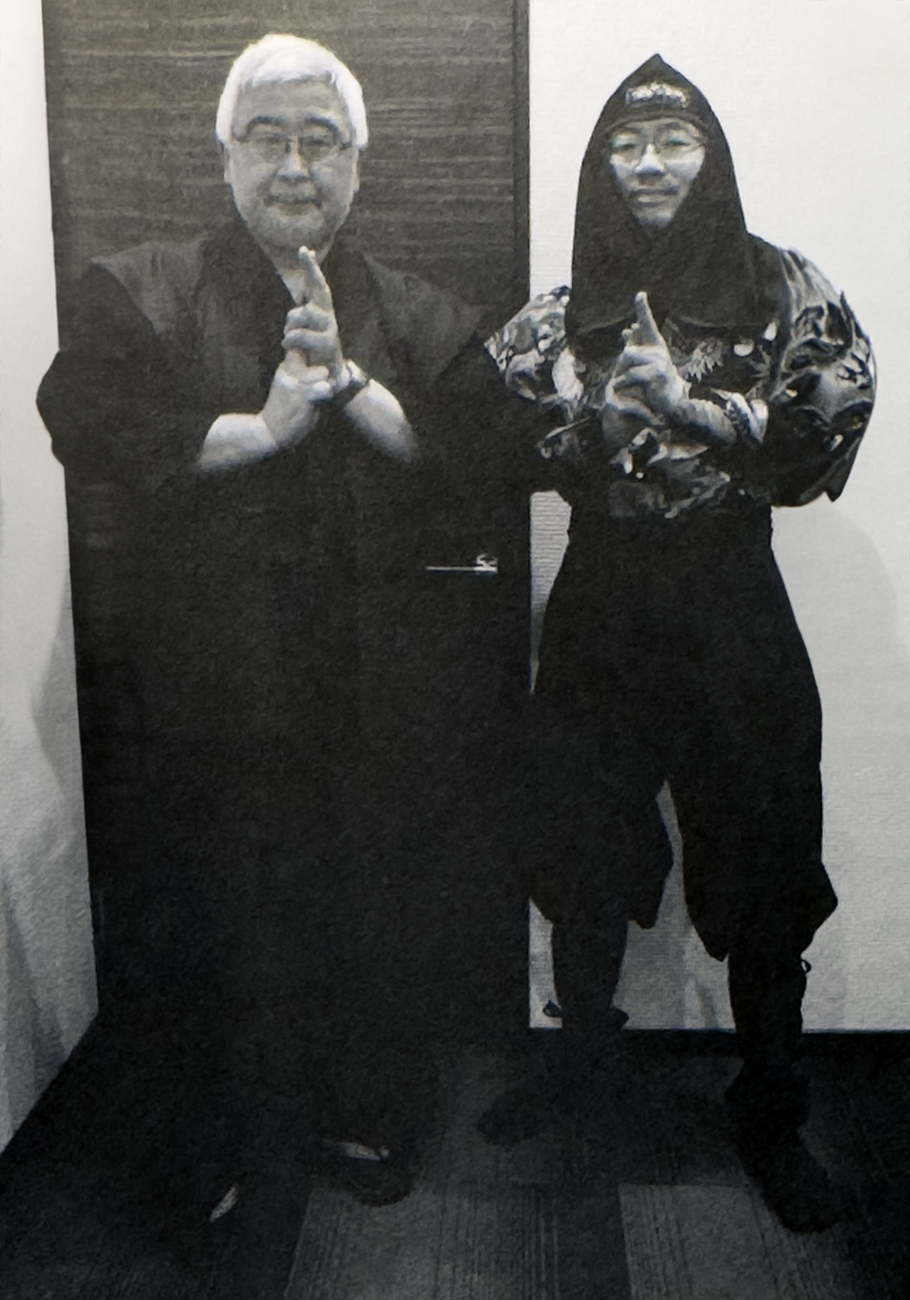
The full article 忍者と修験道 was published in Hiden Magazine June 2022.
長谷川智 Hasegawa Satoshi, a Yamabushi and Hitotsubashi University lecturer, has studied yoga, martial arts, and bodywork for 38 years. He leads Shugendō training, teaches at Asahi Culture Center, and serves as a senior “Hone Navi” director. His works focus on physical health, mountain asceticism, and traditional training methods.
山田雄司 Yamada Yuji, born in 1967, is a professor at Mie University specializing in medieval Japanese religious history and ninja studies. A martial arts enthusiast, he has authored books on ninjutsu and ninja history. He studied at Kyoto and Tsukuba Universities and previously worked in historical research and academia.
The post Ninjutsu and Shugendo: A Shared Mystical Legacy appeared first on 武神館兜龍 Bujinkan Toryu.…
Read More